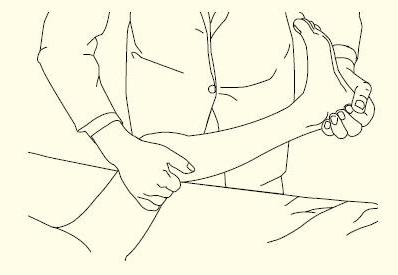Kernig's sign: Difference between revisions
Varun Kumar (talk | contribs) No edit summary |
Varun Kumar (talk | contribs) No edit summary |
||
| Line 14: | Line 14: | ||
==References== | ==References== | ||
{{Reflist}} | {{Reflist}} | ||
[[Category:Neurology]] | [[Category:Neurology]] | ||
[[Category:Signs and symptoms]] | |||
{{WikiDoc Help Menu}} | {{WikiDoc Help Menu}} | ||
{{WikiDoc Sources}} | {{WikiDoc Sources}} | ||
Revision as of 02:14, 3 August 2011
Editor-In-Chief: C. Michael Gibson, M.S., M.D. [1]
Please Take Over This Page and Apply to be Editor-In-Chief for this topic: There can be one or more than one Editor-In-Chief. You may also apply to be an Associate Editor-In-Chief of one of the subtopics below. Please mail us [2] to indicate your interest in serving either as an Editor-In-Chief of the entire topic or as an Associate Editor-In-Chief for a subtopic. Please be sure to attach your CV and or biographical sketch.
Overview
Presence of Kernig's sign suggestive of Meningitis.
Original description of Kernig's sign in 1882: During the examination, the patient was seated upright with hips and knees flexed. Kernig would then attempt to extend the patient’s knee. He noted that, in patients with meningitis, he was unable to extend the knee beyond 135 degrees without causing pain. [1]
Today, the maneuver is usually performed with the patient supine with hips and knees in flexion. Extension of the knees is attempted: the inability to extend the patient’s knees beyond 135 degrees without causing pain constitutes a positive test for Kernig’s sign. [2]
